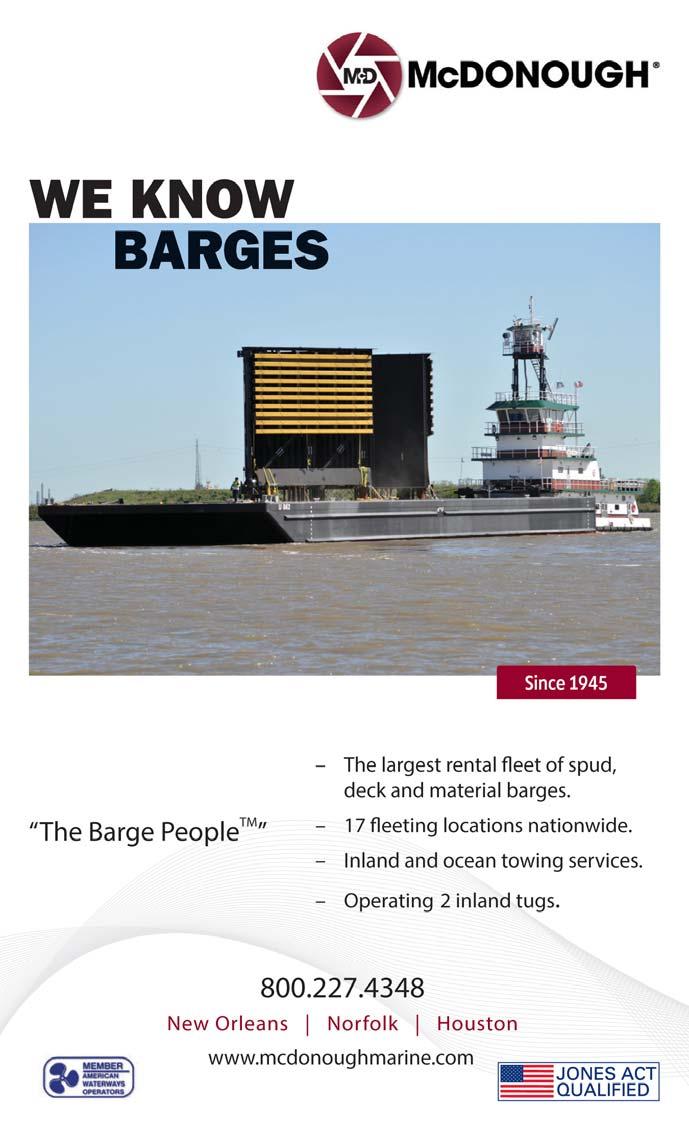
11 minute read
Tech File: Controls Reeling in the benefits of updated boat controls
Reeling in the Benefits of Upgraded Boat Controls
A fisherman from a popular reality television series recently outfitted his vessel with a new electronic control system—giving him the edge in a high-stakes fishing competition.
Advertisement
The waters of the North Atlantic Ocean can be treacherous—especially for fishermen pursuing the elusive bluefin tuna. This pursuit is the subject of the popular reality television series, “Wicked Tuna,” which chronicles the competition between commercial bluefin tuna fishermen in Gloucester, Massachusetts. The show has run on National Geographic since 2012, with its ninth season set to premiere March 1, at 9/8c.
Fishing for bluefin tuna—which can reach 8 feet in length and weigh 1,000 pounds—is not for the faint of heart. The fishing season is short, the tuna population is declining and the pressure to deliver boatloads of the popular fish remains high. Throughout these ups and downs, the fishermen have developed a special relationship with their boats. This bond extends to Dave Marciano, captain of the 38-foot Novi boat named Hard Merchandise, as well as the Falcon—the boat featured in a later spin-off series. Over the years, Marciano and his crew have competed against other boats to haul in as many tuna as they can and even wore the “Wicked Tuna” crown in the show’s fourth season.
In 2014, a new spin-off series brought Marciano to the unrelenting waters of North Carolina’s Outer Banks. There, the captain realized he couldn’t compete with the other fishermen due to the setup of his older vessels, which included outdated boat controls. But all that changed—thanks to a unique collaboration with Emerson, a specialist in automation technologies.
PFTV
“Wicked Tuna” and its spin-off series, “Wicked Tuna: Outer Banks,” chronicle the competition between commercial bluefin tuna fishermen.

The challenges of push-pull cable systems
When the bluefin tuna season ends in Gloucester, it’s only getting started in North Carolina—drawing northern fishermen to the tumultuous seas of the Outer Banks. The ensuing competition between northern fishermen and their southern counterparts spawned the spinoff series, “Wicked Tuna: Outer Banks,” which spotlights Marciano and several other boats from the original series.
Being a contender in this high-stakes competition requires the latest in boat control technology—something Marciano needed to upgrade. His vessel in this series, named the Falcon, integrated push-pull controls—a mechanically connected system that uses cables to connect control heads to the clutch and throttle. In this type of setup, cables are daisychained from one control location, or “station,” to the next—making it difficult to add new stations. The force required to operate the levers also increases whenever additional stations are added.
“These heavy cable controls were cumbersome,” Marciano says. “My arms got tired and sore having to constantly move the levers between stations. We were also limited in terms of how many stations we could add.”
Fish by wire with an electronic control system
As fate would have it, Steve Vincent— Manager of Business Development Marine at Emerson—was a fan of the “Wicked Tuna” series. “When I watched the show, I noticed the boats still integrated mechanical levers,” Vincent says. “But when you’re at sea reeling in the large, powerful tuna, you need to be able to maneuver the vessel quickly and efficiently from different locations on the boat. You also have to orientate and change the position of the boat itself.”
Vincent approached Marciano with the idea of upgrading the Falcon’s mechanical control system. “Right away, he saw the benefits and possibilities,” Vincent says.
Vincent works in the marine technology division at AVENTICS, which

Dave Marciano is captain of Hard Merchandise, as well as the Falcon—the boat featured in “Wicked Tuna: Outer Banks.”
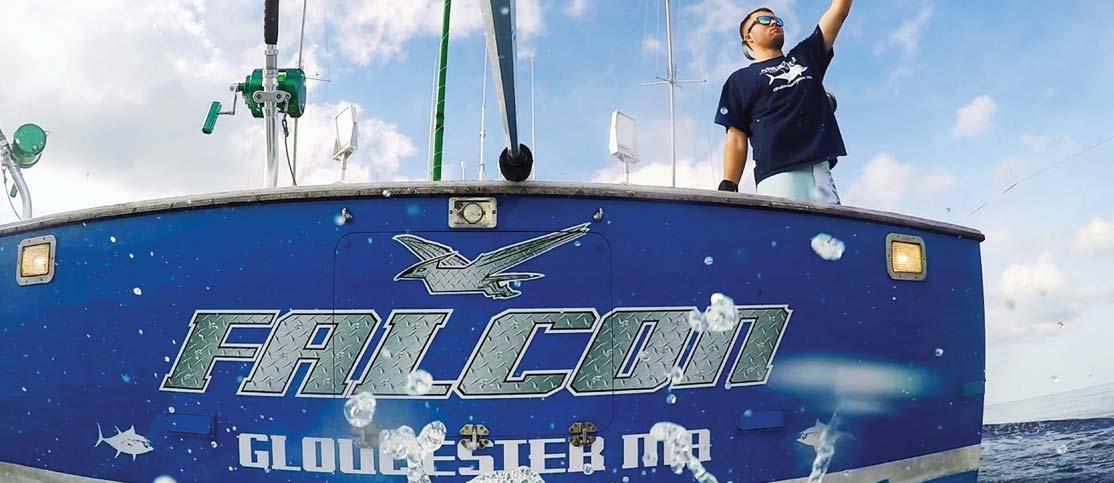
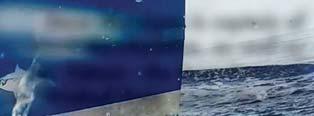
is part of the Emerson group and manufactures electronic and pneumatic components specific to the marine industry. He suggested equipping Marciano’s vessel with the Marex OS III—an electronic control system for pitch propellers, jet propulsions and reversing gear systems. The system is easy to integrate, accommodates up to six control stations and eliminates the additional force required to manually operate control heads between stations.
“With this system, it doesn’t matter how many stations are on a vessel,” Vincent says. “You can change controls easily with one hand.”
“Previously, on the Falcon, putting the boat in gear and giving it throttle each required a lever,” Marciano adds. “It’s nice to have the throttle and gear contained in one. We went from needing four control levers to maneuver the boat down to two. Now, even my daughter can operate the boat.”
A flexible control system that improves maneuverability
The Marex OS III system includes several components, including various control heads, a freely configurable display, propulsion controllers, operating modules and other accessories. Marciano selected two different control heads—a taller one for the Falcon’s helm and quarter deck, and then a lowerprofile one for the transom where, according to Marciano, he often experiences “the heat of the battle.”
Because the Marex OS III control system isn’t specific to any particular engine or gearbox manufacturer, Marciano also took this opportunity to upgrade the Falcon’s engines. “It ultimately didn’t matter which engine he went with,” Vincent says. “The Marex system works with them all—a feature that sets it apart from other control packages on the market.”
In addition to its flexible design, ease of use and modular system architecture, the Marex OS III includes advanced features that have improved the vessel’s maneuverability. For example, Marciano now has the option to control a trolling valve—an adjustable device incorporated into the hydraulic system that regulates the pressure between 0 and full operating pressure. This feature reduces the propeller speed at a given engine speed, enabling Marciano to achieve speeds that are lower than what is possible for normal gear engagement. As a result, Marciano can now drag bait slowly through the water behind his boat—a fishing method known as “trolling”—and also maneuver the boat in and out of the harbor with greater ease.

Hooked on the new controls
Integrating the Marex OS III has brought the Falcon up to speed with many of the other, newer vessels featured in “Wicked Tuna: Outer Banks.” It has also had a positive effect on Marciano’s livelihood. “This new system lets me maneuver my boat quickly and efficiently,” the captain says. “I’m happy to say it’s helped me catch more fish—which brings in more money.”
Now, Marciano is in talks with Emerson about updating Hard Merchandise—the original “Wicked Tuna” vessel, which will be helmed by the captain’s son. Marciano’s plans for the boat include many of the same modifications the Falcon underwent, including integrating the Marex OS III electronic control system.
“As a fisherman, my biggest concern is always: can a product do what I want and is it dependable?” Marciano says. “And the answer to both of those questions is yes.”

Remote control trials using a Multraship Carrousel Rave Tug are scheduled to take place in the summer of 2020.
At Voith, R&D Drives Efficiency Gains and Other Improvements

Voith propellers can be found on a various vessel types, primarily fitted on tugs, ferries, yachts and offshore support vessels – “wherever the demands on maneuverability, efficiency, ship safety and comfort are high,” says Dr. Dirk Jürgens, head of R&D at Voith Turbo Marine, part of the family-owned Voith conglomerate which employs more than 19,000 people in 60 countries.
The manufacturer’s unique Voith Schneider Propeller (VSP) propulsion system can be built with up to 4 MW input power and enables thrust adjustments to be made quickly and accurately.
“The decisive feature of the VSP is its fast and accurate thrust adjustment; no other type of propeller comes close. The fast thrust adjustment and a different type of thrust adjustment (according to an X/Y logic and no turning of a thrust vector) bring immense advantages for maneuvering vessels or dynamically positioning (DP) vessels. These lead to more safety, operations in higher seas and lower fuel consumption,” Jürgens said.
Voith VSPs have been chose for The Staten Island Ferry’s three new 320-foot Ollis class newbuilds, designed by Elliot Bay Design Group and currently being built by Eastern Shipbuilding.
Jürgens said Voith has done a lot to ensure VSPs drive the newbuilds, including numerous CFD calculations and “a gigantic model test program” in the Dutch research institute MARIN. Voith and the vessel owner together decided the ferries should be equipped with two large type VSP 36RV6 – as opposed to four smaller VSPs such as the VSP28 – achieving “the optimum in terms of robustness and power efficiency”, Jürgens said. “Also, the electronic control of the VSPs and the switching of the gas

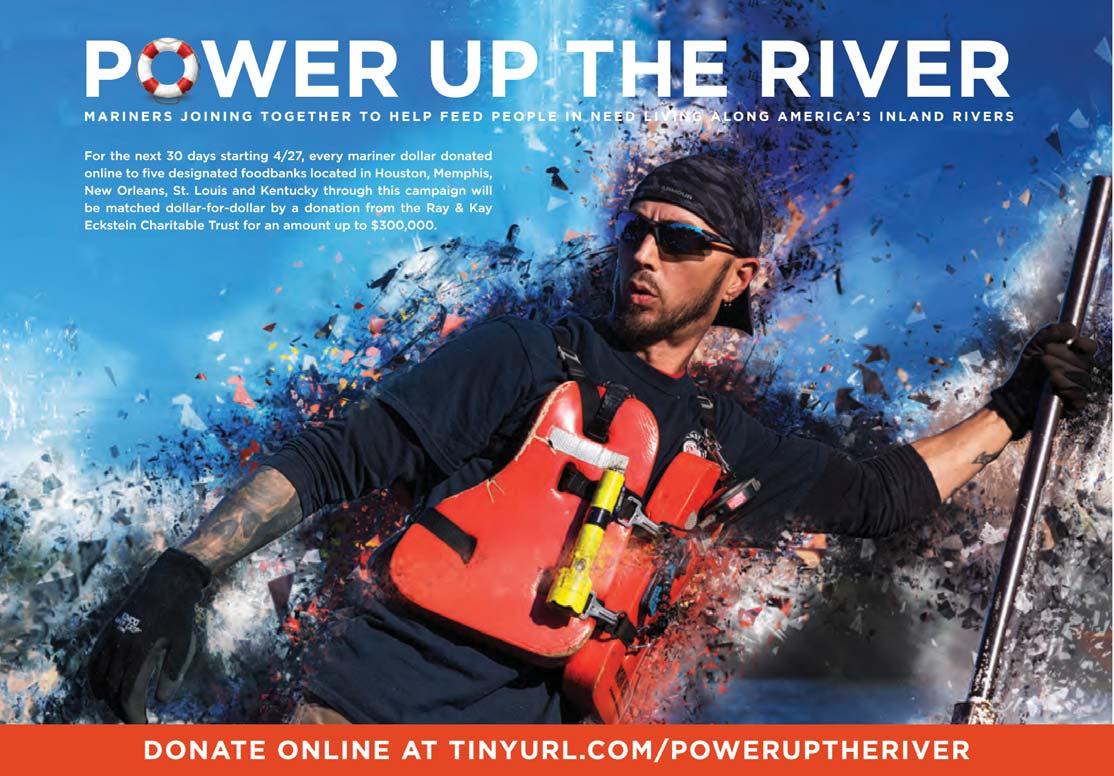
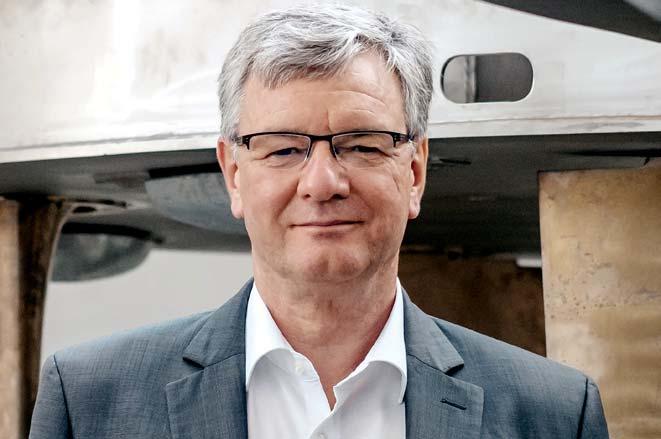
Dirk Jürgens studied Naval Architecture at the University of Rostock from 1983 till 1988. From 1988 until 1993, he worked as a research assistant at the University of Rostock and at the University of Hamburg. In 1994 he finished his PhD theses about the hydrodynamics of Voith Schneider Propellers. From 1993 unti 1999 he worked at the Ship Yard Blohm & Voss in Hamburg as manager of a R&D group for the development of propulsion and maneuvering devices. Since 1999 Dirk Jürgens has been the Manager of Research and Development of Voith Turbo Marine.
engines (two on each VSP) is realized by us. This is done via two very powerful fluid couplings (Voith Turbo couplings).”
“The challenges for the Staten Island Ferry are extremely high because a large number of passengers have to be carried. The ferry can also be exposed to extreme wind and currents, and ice also creates special loads on the propellers,” Jürgens said. “It is precisely because of these challenges that the VSP is the right propeller.”
R&D-DRIVEN IMPROVEMENTS
Jürgens said Voith is known for investing considerable resources in R&D in an effort to constantly improve its propellers and the vessels that run them. This is achieved with help from the firm’s high-tech R&D “tools”, including a relatively large circulating tank, powerful CFD department and ship handling simulator.
“In the last five years we have successfully launched numerous R&D projects and practice-relevant results are available,” Jürgens said. “For example, we have improved the dynamic stabilization capability of Voith propelled vessels, based on model tests and complex numerical optimizations.
“We have installed the Voith Condition Monitoring Technology (CMS) on numerous ships and evaluate the data intelligently. We use this data on the one hand to further reduce the service costs for our propellers and also to find the optimal
Voith VSPs have been chose for The Staten Island Ferry’s three new 320- foot Ollis class newbuilds being built by Eastern Shipbuilding.

setting of the propellers to minimize fuel consumption and emissions.”
Jürgens said a research focus that is especially important at the moment is the development of technology for autonomous and remote-controlled tugs. The VSP is ideal for these applications, he added. “On one hand the forces can be managed very logically (according to X/Y logic), and on the other hand it can allocate desired forces so quickly. Any sensor errors or errors in data processing can therefore best be compensated by the VSP.”
Voith and its partners are at a stage where remote-controlled tractor tugs equipped with VSPs can be realized, Jürgens said. Trials using a Multraship Carrousel Rave Tug (CRT) are scheduled to take place in Rotterdam in the summer of 2020. In addition, a project is underway to prove a Voith ferry that will sail autonomously on the river Rhine.
Jürgens said the manufacturer is also making “serious improvements” to the VSP itself; the biggest step being a highquality permanent-magnet electric motor built directly into the system itself. “The fully electrical VSP is then called eVSP,” enabling operation using batteries, fuel cells or any hybrid solution, he said. “It will be a gearless VSP with a significant improvement in efficiency and many advantages for ship owners in terms of economical electric drive solutions.”
The reduction of emissions is a central point of Voith’s R&D activities, and the company has taken various steps to do just that, Jürgens said. “As our propellers are quite different from classic azimuth thrusters, we are motivated to be strongly involved in the optimization of ship hulls through our CFD activities and have developed modern optimization technologies. We see ourselves as partners of designers and shipyards for the integration of our propellers and are happy to support them in designing the hull so that it is optimal for Voith propellers...Efficiency improvements and hull optimizations as well as better DP performance contribute significantly to reducing emissions.”
For Jürgens, “The biggest challenge is to make the step from technology development to practical implementation. Shipbuilding is conservative for good reason. Therefore, it is a Herculean task to realize the first application of a new technology. For us this means convincing the ship-owner that our innovative development works.”
